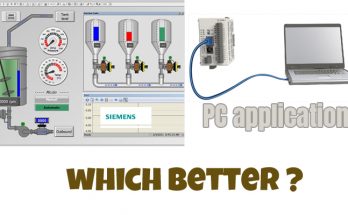3D scanning is a process of capturing digital information of object shape using equipment that has light or laser to measure distance between the object and the scanner. The non-destructive and non-contact scanning technology uses lines of laser light capturing the exact shape and size of the object. The fine details of even the smallest objects are captured and the process comes in handy in so many industries and fields. Some the areas that 3D scans are commonly used include automotive, manufacturing, medical and aerospace.
3D laser scanners capture thousands of points per second, allowing quick inspection of parts. It is a process that is ideally suited for measuring and inspecting contoured surfaces and also complex geometries that require lots of data for accurate description and where traditional measurement methods are impractical.
What are the advantages?
3D scanning has become very popular among business people in different fields. You can now easily find 3D scanning services for all needs you might have especially as far as accuracy and high quality productions are concerned. The popularity of the process is as a result of the many advantages it has over other traditional options. Some of the advantages that come with the process include:
1. Quick capture of all physical measurements of any given physical object; with 3D scanning, the size of the object does not matter.
2. Saves time when designing. The high definition details of objects make it possible for designers get it right with the first trail, hence saving time, even with productions that would have otherwise proved to be complex and time consuming.
3. Ensures perfect fit of parts with the first try. 3D has literally taken the guess work of production processes, especially for those dealing with prototypes and creating parts. The detailed information collected from an object is accurate and hence it is very rare to have parts that have any functional defects.
4. It captures engineering optimization that is necessary in manufactured parts. The process offers more confident to manufacturers in terms of meeting standards and any set objectives in the manufacturing process of parts. Using the scans, it has become even possible for manufacturers and designed to compare between designed and built models conditions so manufactured parts are top quality.




